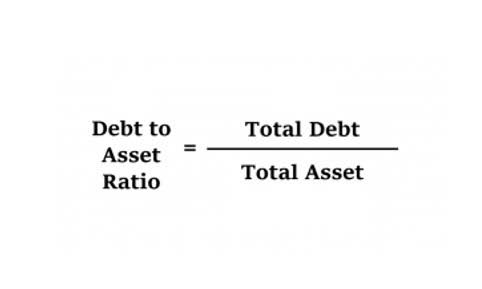
This enables finance teams to optimize tax planning and make smarter capital investment decisions. Incorporating a robust ERP system like Deskera can significantly enhance how businesses manage and calculate salvage value. Deskera ERP provides comprehensive asset management features that streamline the tracking, depreciation, and salvage value eventual disposal of assets. Also integrating an AI mechanism like ERP.AI to your ERP system can make it smarter by enhancing enterprise process, data governance & decision-making.

Accurate Financial Reporting
- Each year, the depreciation expense is $10,000 and four years have passed, so the accumulated depreciation to date is $40,000.
- Sometimes, it’s about predicting the value of the thing when a lease or loan ends.
- The company pays $250,000 for eight commuter vans it will use to deliver goods across town.
- TAG Samurai leverages the latest technology to keep your business competitive.
- CFI is the global institution behind the financial modeling and valuation analyst FMVA® Designation.
- This calculation helps in evaluating the net benefit of disposing of an asset versus keeping it in operation.
- Companies can also use industry data or compare with similar existing assets to estimate salvage value.
A company called ABC purchased a vehicle costing Rs.12,000 with a depreciation of 10% for five years. The system’s advanced analytics and reporting capabilities provide valuable insights into your inventory trends, helping you make informed decisions. However, estimating it presents several challenges that can impact the reliability and accuracy of financial statements and decision-making. However, determining the exact value of a salvage vehicle often requires some legwork. For example, you might get estimates from local salvage yards to confirm the vehicle is worth more than the insurer’s estimate.
SIP Calculator

The declining balance method is best suited for assets that are expected to be more productive in Budgeting for Nonprofits their early years and less productive as time goes on. The sum-of-the-years‚Äô digits method is generally used for assets with a higher productivity pattern in the early years and slower productivity in later years. Learn how to calculate the after-tax salvage value of business assets, a crucial factor in financial decision-making and accurate financial reporting. This guide provides a detailed explanation and practical examples to help you make informed decisions. Residual value is what’s left of an asset’s worth after you’re done using it. In finance or accounting, this concept is crucial for determining depreciation schedules, lease payments, and investment decisions.
How to Calculate Scrap Value of an Asset with SLM Depreciation

Working with an adviser may come with potential downsides, such as payment of fees (which will reduce returns). There are no guarantees that working with an adviser will yield positive returns. The existence of a fiduciary duty does not prevent the rise of potential conflicts of interest. We do not manage client funds or hold custody of assets, we help users connect with relevant financial advisors.
Methods for Estimating Salvage Value
- The value of an asset can change over time due to factors like age, condition, rarity, obsolescence, wear and tear, and market demand.
- There are no guarantees that working with an adviser will yield positive returns.
- The double-declining balance (DDB) method uses a depreciation rate that is twice the rate of straight-line depreciation.
- Accumulated depreciation is the total amount of depreciation taken during the asset’s class life.
- The estimated salvage value is deducted from the cost of the asset to determine the total depreciable amount of an asset.
- The declining balance method is best suited for assets that are expected to be more productive in their early years and less productive as time goes on.
Thus, despite the scrap value being a rough estimate, it must be done carefully. Different stakeholders (accountants, engineers, managers) may have varying perspectives. Additionally, external factors like technological advancements and market dynamics influence salvage value. Therefore, a holistic approach assets = liabilities + equity that combines multiple methods and expert opinions often yields the most accurate results. The balance sheet shows the net book value of an asset, which is the original cost minus accumulated depreciation, helping stakeholders understand the asset’s current worth. The straight-line method is a way to calculate depreciation by evenly spreading the asset’s cost over its useful life.
